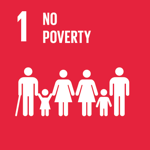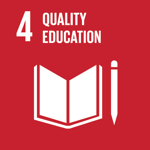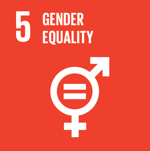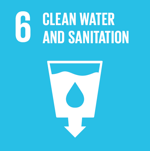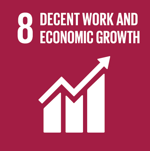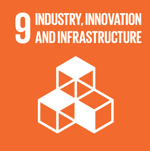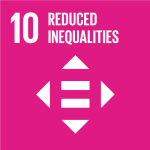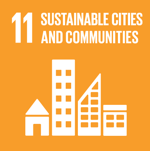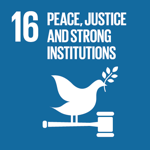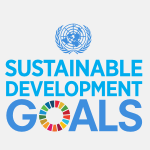Affordable and Clean Energy

SDG 7 -Riding the Power of the Wave-By Dr. Eitan Eliram Lead Innovation Strategist Aug. 2024
Inna Braverman, founder and CEO of Eco Wave Power is one of the rare breeds of female entrepreneurs who took the leap into the Israeli startup sector to create a company based on her own technology.
Born in 1986 in Ukraine, Braverman was only several weeks old when she was catapulted into the world’s largest nuclear disaster, Chernobyl. Her newly formed baby’s lungs recoiled from the polluted air and she suffered respiratory arrest. Braverman’s mother, fortunately a nurse, gave her mouth to mouth resuscitation which saved her life. The baby grew up to be a young lady who decided to dedicate her life to the creation of clean energy in order to rid the world of air pollution.
When she was 24 Inna Braverman established Eco Wave Power. Just nine years later EWP is pioneering the wave energy field, with two power stations located in Jaffa Port, Israel and in Gibraltar. Currently, the station in Gibraltar is the only grid-connected wave energy array in the world. EWP’s innovative technology has been recognized as a “Pioneering Technology” by the Chief Scientist of the Energy Ministry of Israel, Dr. Bracha Halaf. EWP is also listed on the Nasdaq First North Stockholm, Sweden.
EWP was founded in Tel Aviv, Israel, in 2011 with a patented, smart and cost-efficient technology for turning ocean and sea waves into green electricity. Eco Wave Power is the only wave energy company in the world to own and operate a wave energy array, which is connected to the grid in accordance with a Power Purchase Agreement (PPA). Suffice it say that Eco Wave Power is fully in line with the UN’s SDG number 7, “Affordable and Clean Energy”, which outlines in target 7.1, “By 2030, ensure universal access to affordable, reliable and modern energy sources.”
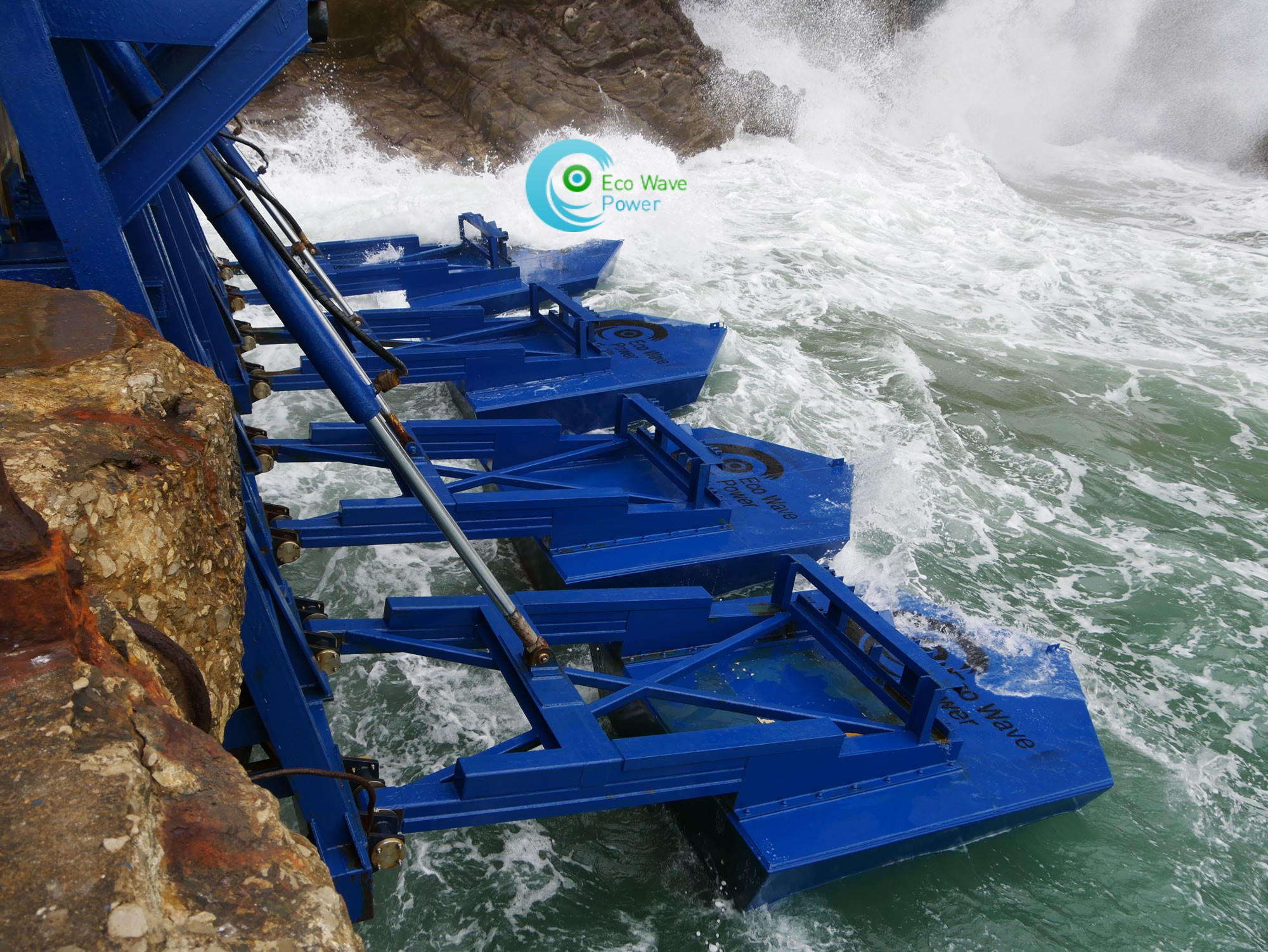

But was is Eco Wave Power? Today the popular clean energy trends are solar and wind power. But according to the Intergovernmental Panel on Climate Change, energy from the ocean’s waves has so far gone untapped: The oceans’ waves potentially hold twice the amount of energy the world produces today. The International Renewable Energy Agency estimates that by using solely 2 per cent of the world’s 800,000 kilometers of coastline water, the global technical potential for wave energy is a whopping 500GW of electrical energy.
This is where Eco Wave Power comes in. It all starts with the “floaters”. The boat-shaped floaters, tens of them, are attached to marine structures, such as breakwaters, and sit on the shore. The movement of the floaters compresses and decompresses hydraulic pistons which transmit bio-degradable hydraulic fluid into accumulators located on land. The built-up pressure in the accumulators then rotates a hydraulic motor, which rotates the generator, and the clean electricity is then transferred to the grid, via an inverter. The fluid, after decompression, flows back into the hydraulic fluid tank, where it is then re-used by the pistons, thus creating a closed circular system.
If the waves become too high for the system to handle, the floaters automatically rise above the water level and stay in the upward position until the storm passes, after which time the floaters return to operation mode.
The Eco Wave power station located in Jaffa Port, mentioned earlier, is an off-grid plot power station that has been in operation since 2014. The power station is cemented to the sea wall surrounding the port. At the moment it is used only for system improvement and modification, and R&D. But in October 2018 Eco Wave Power was awarded a grant by the Ministry of National Infrastructures, Energy, and Water Resources for the expansion of the pilot station to 100KW and its connection to the national Israeli electrical grid. The expanded station will be the first wave energy power station in the history of the state of Israel to successfully connect to the electrical grid.
Related articles
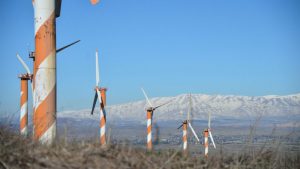

SDG 7 -The (Energy) Answer is Blowing in the Wind-By Dr. Eitan Eliram Lead Innovation Strategist Feb 2024
Affordable and Clean Energy Going back just two years, sober reports claimed that less than 3% of Israel’s energy came from renewable sources. But the
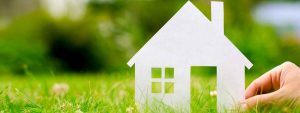

SDG 7 -Alternative Fuel and Energy for the Masses-By Dr. Eitan Eliram Lead Innovation Strategist
Affordable and Clean Energy Alternative Fuel and Energy for the Masses Is Israel going to drive its fossil-fuelled vehicles straight into oblivion? Or is an
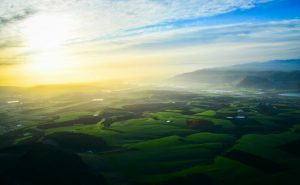

SDG 7 -Israel’s Energy Revolution – New Projects and Initiatives-By Dr. Eitan Eliram Lead Innovation Strategist
Affordable and Clean Energy Israel is in the midst of a revolution. Leading the energy revolution are the Ministry of Environmental Protection and the Keren

